Although there are some difficulties associated with growing trees and certain vegetation types on tall buildings, the success enjoyed by Hancock, Hundertwasser, and Boeri highlighted in this essay, shows that it is possible.
In 1883, a rooftop garden theatre opened in New York City. The idea was to escape the city summer heat, whilst enjoying some evening entertainment, without actually leaving NYC. A decade later, the New York Times announced that, “New York is fast becoming a city of roof gardens”. In 1935, the Welsh landscape architect Ralph Hancock, saw his Garden of the Nations open on the 11thfloor of the Rockefeller Centre in New York City. Two thousand trees and shrubs were lifted onto that roof. Hancock then repeated the feat with the smaller (6000 square metres) Derry and Toms Roof Garden, on a 7–storey department store in Kensington High Street in London (which was opened in 1938). It had a Tudor garden, a Spanish garden and a woodland garden complete with a pond. Although the gardens closed in 2018 when the tenant left, they will re-open in 2020. The gardens are subject to historic building protection and historic garden protection under the planning system. One hundred trees on the roof garden were given tree preservation orders in 1976. They are an important example of how forest trees can be established on a roof, some now more than 70 years old and growing in surprisingly shallow soil (about 500mm deep).
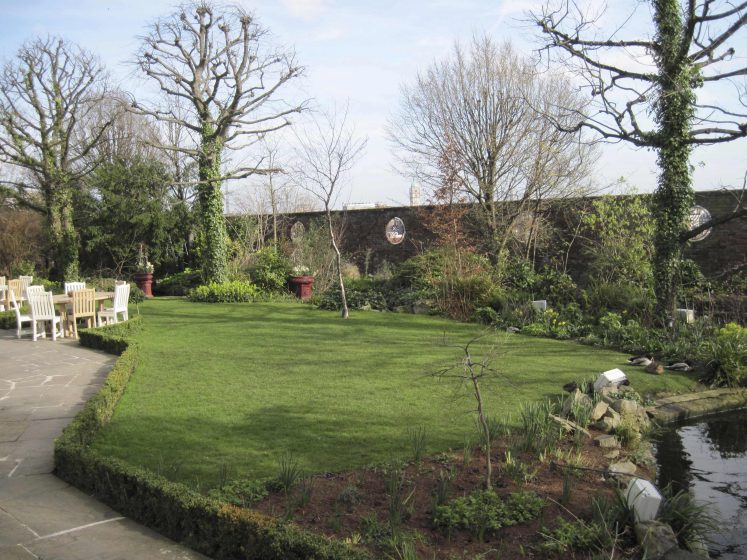
In the 1970s, the Austrian artist Hundertwasser began to promote the idea of forested roofs. He teamed up with the architect Krawina in 1979 determined to make his progressive ideas a reality, however he was disappointed by the architect’s initial insistence on level floors and straight lines (Hundertwasser liked neither level floors nor straight lines). By 1984 however, the Hundertwasser House was built, with undulating floors and 250 trees and bushes upon it. It has 53 apartments, 4 offices, 16 private terraces, 3 communal terraces and a café. Other vegetated buildings by Hundertwasser followed, including housing complexes, an incineration plant and finally, a toilet in New Zealand. His 12-storey Walspirale in Germany is topped by a beech, lime and maple forest. These projects are of special interest because the vegetation is often more akin to a lightly-managed natural forest than a conventional roof garden.
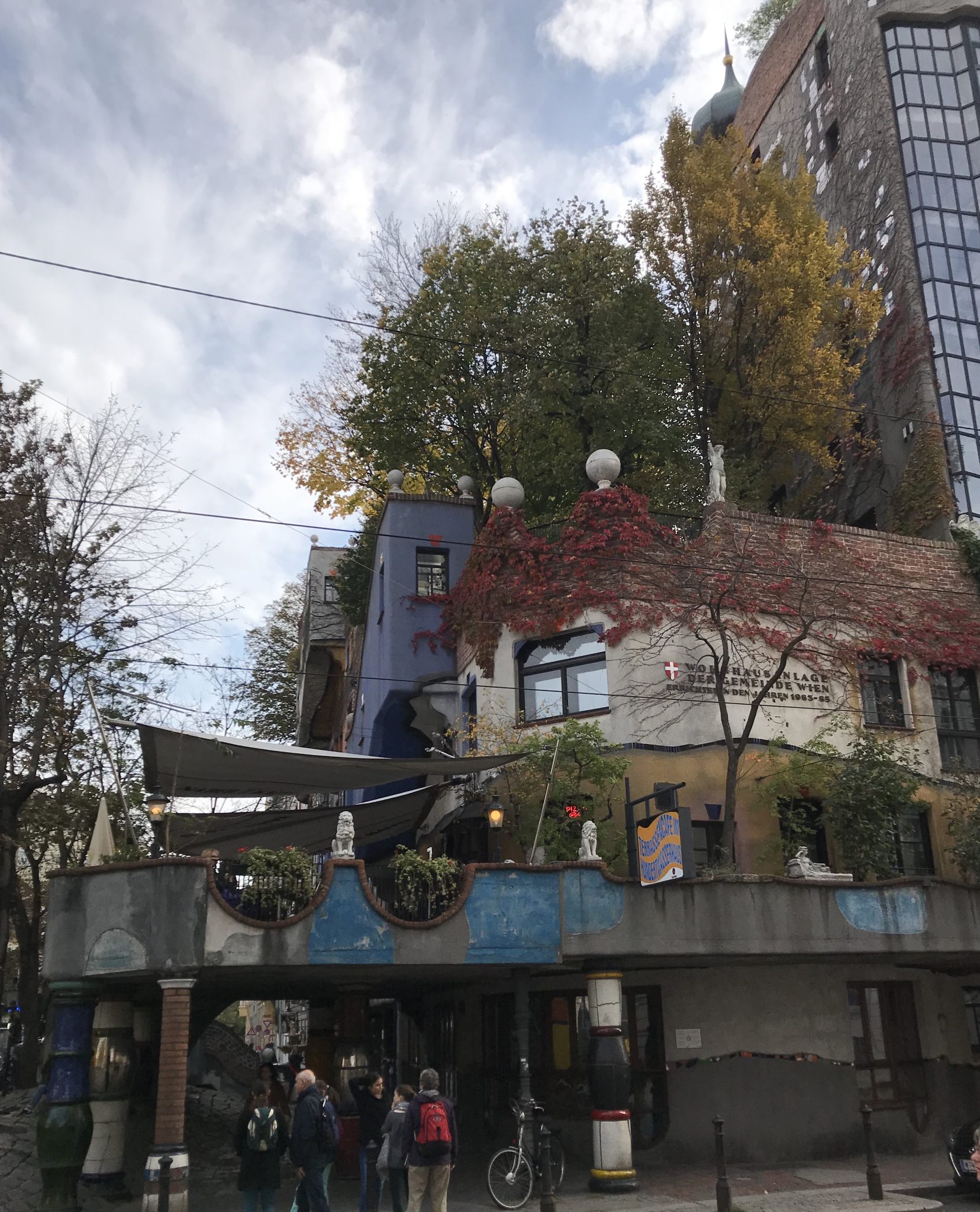
Despite the success of some of these pioneering projects, the rise in popularity of lightweight green roofs in Europe and North America and the podium gardens of the high-rise cities of the Far East, the practice of establishing trees on taller buildings remains a curiosity and is still unusual. But that may be changing. The Bosco Verticale (Vertical Forest) of Milan, Italy is causing a stir in architectural circles and more and more property developers are asking if they can have trees on their buildings too. Bosco Verticale consists of two residential towers in the former industrial district of Porta Nuova, designed by Stefano Boeri with support from the horticulturalist Laura Gatti. One tower is 26 storeys high and the other 18, and between them they support more than 900 trees. The buildings were opened in 2014 and in 2015 and before long the Council on Tall Buildings and Urban Habitat selected the project as the overall Best Tall Building Worldwide.
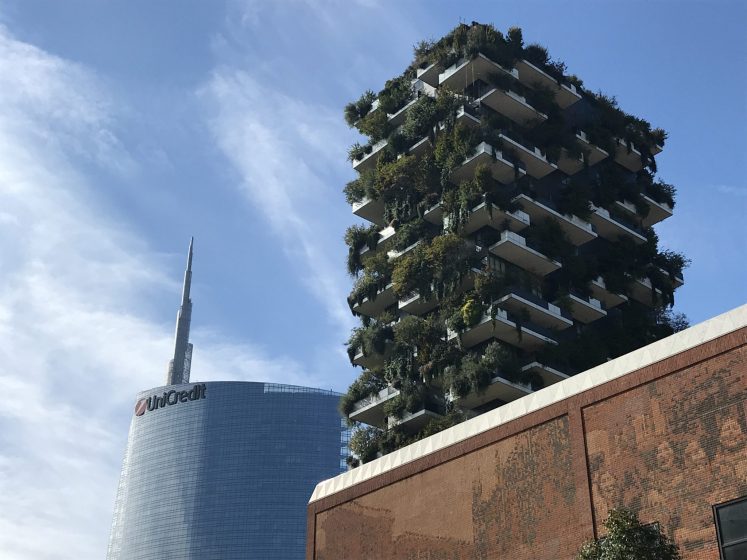 What is remarkable about these buildings is that they are festooned with trees and shrubs. These are not buildings with conventional lightweight green roofs or green walls, but structures with substantial vegetation fully integrated into the building fabric. They have been designed with vegetation in mind from the beginning. Planting that was often said to be impossible or impractical a few years ago is now working. It is a delight for those fortunate enough to live in these leafy towers, with high-rise bird song and some extra relief from the summer heat, however it will be more important as a signpost to others, now free to imagine, plan, design and build other sylvan buildings. The real urban jungle is much more of a possibility.
What is remarkable about these buildings is that they are festooned with trees and shrubs. These are not buildings with conventional lightweight green roofs or green walls, but structures with substantial vegetation fully integrated into the building fabric. They have been designed with vegetation in mind from the beginning. Planting that was often said to be impossible or impractical a few years ago is now working. It is a delight for those fortunate enough to live in these leafy towers, with high-rise bird song and some extra relief from the summer heat, however it will be more important as a signpost to others, now free to imagine, plan, design and build other sylvan buildings. The real urban jungle is much more of a possibility.
The roof gardens of the late 19thand early 20thcentury were about entertainment and amusement, however the growing body of evidence that putting soil, vegetation and water on buildings provides so many benefits is now changing the way people think about the idea. A major problem with conventional buildings is that materials exposed to the sun, absorb heat and re-radiate it later. This is the main cause of the urban heat island effect, whereby the center of cities is several degrees hotter than the rural hinterland. Urban heat also exacerbates air pollution. Most people do not feel well during heatwaves and many vulnerable people, especially the young and very old, die. This problem is likely to get worse as carbon dioxide continues to build up atmosphere and the climate destabilises. More heatwaves and more severe heatwaves are predicted. Clothe buildings with soil and vegetation, and less heat is absorbed from the sun in the first place. Then, as moisture leaves , through the process of evapotranspiration, evaporative cooling occurs. This has a significant cooling effect on buildings. For example, external walls behind vegetation may be more than 10 degrees Centigrade cooler than adjacent unvegetated walls. This saves money that would otherwise be used to pay for air conditioning. In locations where people do not have access to electro-mechanical cooling, vegetation on buildings will save lives.
Rainwater intercepted by the growing medium of green roofs or rainwater harvested for irrigation does not go into the downspouts to flood streets or overwhelm drains. The Sponge City is the concept whereby water is held in the built environment. This reduces the likelihood of flooding and provides water for plants and evaporative cooling. Vegetating buildings, including tall buildings, has to be part of the whole for the Sponge City to work. Conventional open spaces are essential, however they aren’t enough on their own.
Nature-deficit disorder is not recognised by most medical professionals. It is the idea, promoted by Richard Louv, that a lack of contact with nature (which is now increasingly common with most people living in cities and staying indoors) causes stress and sadness. What is proven, however is that viewing vegetation reduces stress and lowers blood pressure (for example see this paper by Cox et al. in BioScience in 2017). Accessing nature and being immersed in nature in the style of forest bathing (Shinrin-Yoku) is preferable and ideal when available, however bringing vegetation, soil and water ever closer to where people live, on roofs, walls, balconies and indoors, will improve their mental health.
One of the issues which has bedevilled people trying to get vegetation on buildings is weight. This has driven some to develop and offer lightweight systems. Whilst this is sometimes useful, especially when retrofitting green roofs onto buildings that were not designed for that purpose, it has also meant that many green roofs, in particular, have growing media that are either absent, or that are so shallow that they do not support a very diverse community of plants, do not store very much rainwater and therefore provide relatively little evaporative cooling.
In my experience, once structural engineers understand that a roof or balcony needs to take the weight of a sufficient depth of growing medium to support the range of plants being proposed in a design, they are able and willing to do this. When the requirement for greening is considered at the early stages of design there are more options and the possibilities are much greater.
Another hurdle to be overcome when proposing building-integrated vegetation is that of maintenance. Who should be responsible, who should pay for maintenance and how much will it cost? It is important to note that all buildings require maintenance. Tall buildings are complicated and regular maintenance is always required in any case. Tall buildings have elevators and services which mean that maintenance charges for residential properties often exceed $70 per square meter per annum. The cost of maintaining vegetation will be modest in comparison. Charges for maintenance is usually passed on to leaseholders or tenants as a component of service changes. It is commonplace for communal ground-level landscapes to be created within commercial or residential developments. Apart from some extra provision and training to ensure safety, the maintenance of landscape on buildings is straightforward. Vegetation on buildings is often designed to be low-maintenance, which helps to keep down costs. There are costs, but as we have learnt, there are significant benefits.
It has been suggested that trees cannot grow on tall buildings. The reason usually cited is that the higher you go, the stronger the wind becomes. As friction with the ground is reduced and as the air thins with increasing altitude, wind speeds do increase. Wind at the ground floor of a typical multi-storey building around 100m tall, might be half the speed recorded aloft. Trees, however, grow naturally at high altitudes and can adapt to strong winds. On buildings, trees can be shielded by parapets and secured with anchors. The tree line (above which trees cannot survive) varies according to elevation and latitude and is largely determined by low temperatures and a lack of moisture. The tree line in central Europe is above 2000m and in the Rockies it is above 3000m, so tall buildings in most locations would not be above the natural tree line.
Although there are some difficulties associated with growing trees and certain vegetation types on tall buildings, the success enjoyed by Hancock, Hundertwasser and Boeri shows that it is possible. Although there are additional costs associated with both the initial planting and continuing maintenance, the many benefits, including improved comfort, better mental health and a boost in biodiversity, mean that the establishment of vegetation on tall buildings is here to stay.
Gary Grant
London


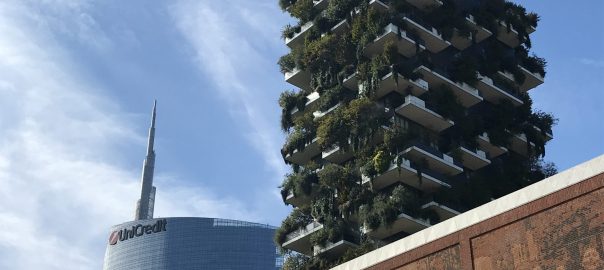

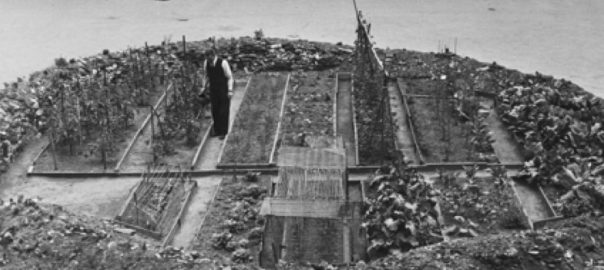
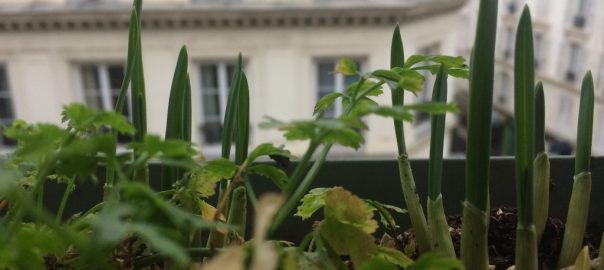

Leave a Reply